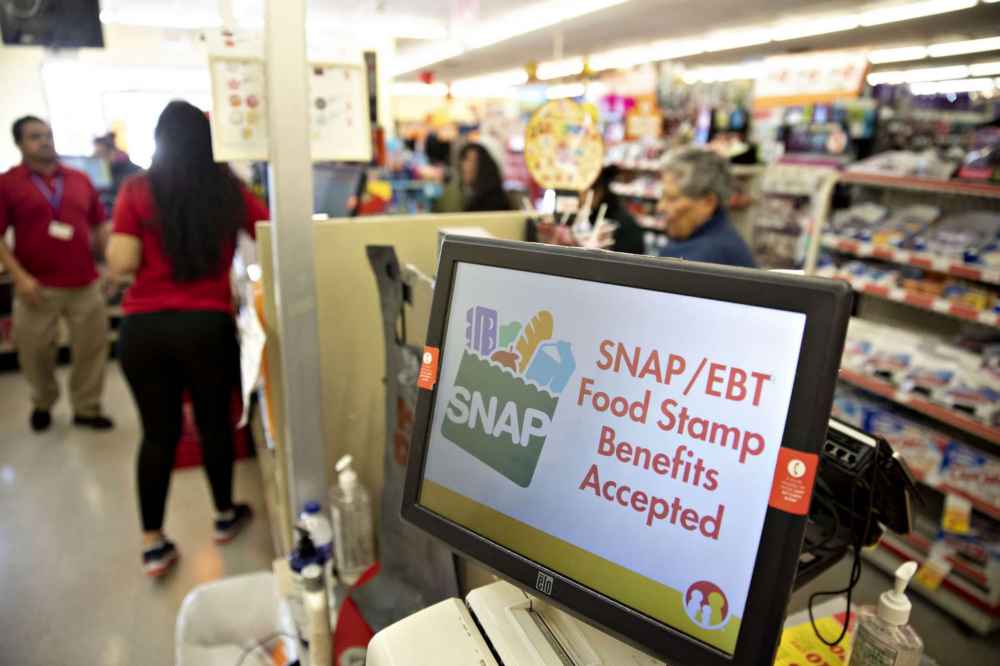Starting from October 1, the program, overseen by the USDA Food and Nutrition Service, has adjusted its maximum allotments for the coming year to counter the growing cost of living and inflation.

SNAP benefits increase, providing much-needed relief to millions of Americans who depend on the Supplemental Nutrition Assistance Program (SNAP) to bolster their grocery budgets and afford nutritious meals
This adjustment, in accordance with the Food and Nutrition Act of 2008, is based on data from the Consumer Price Index, as reported by the Bureau of Labor Statistics in June 2022. The aim is to ensure that SNAP benefits increase and keep pace with the rising prices of essential goods.
President Biden’s signing of the Fiscal Responsibility Act in June initially indicated stricter work eligibility requirements for SNAP beneficiaries. Notably, able-bodied adults without dependents, aged 51 to 52, referred to as ABAWDs, would be required to demonstrate active employment, training, or enrollment in school to qualify for SNAP benefits increase. This age range for work requirements has now expanded to 52, with further expansion to 54 scheduled for October 2024.
Effective immediately, SNAP benefits increased by 12.5% compared to the previous year, as reported by Forbes Advisor
These adjustments apply to various states and territories, including the 48 contiguous states, the District of Columbia, Alaska, Guam, and the U.S. Virgin Islands. For instance, a family of four residing in the continental U.S. and Washington, D.C., can now receive a maximum of $973 in SNAP benefits increase. In Alaska, the range extends from $1,248 to $1,937, while in Guam and the U.S. Virgin Islands, it stands at $1,434 and $1,251, respectively. However, Hawaii is the exception, with a reduced maximum allotment of $1,759 for a family of four.
Furthermore, the shelter cap value has risen to $672 for the 48 contiguous states and the District of Columbia. To qualify for a SNAP benefits increase, individuals must apply in their current state of residence and meet specific criteria, including income and resource limits, as outlined by the USDA. These adjustments aim to better support Americans facing economic challenges in today’s ever-changing landscape.
READ ALSO: Resumption Of Federal Student Loan Payments Raises Financial Concerns Amidst Credit Card Struggles




